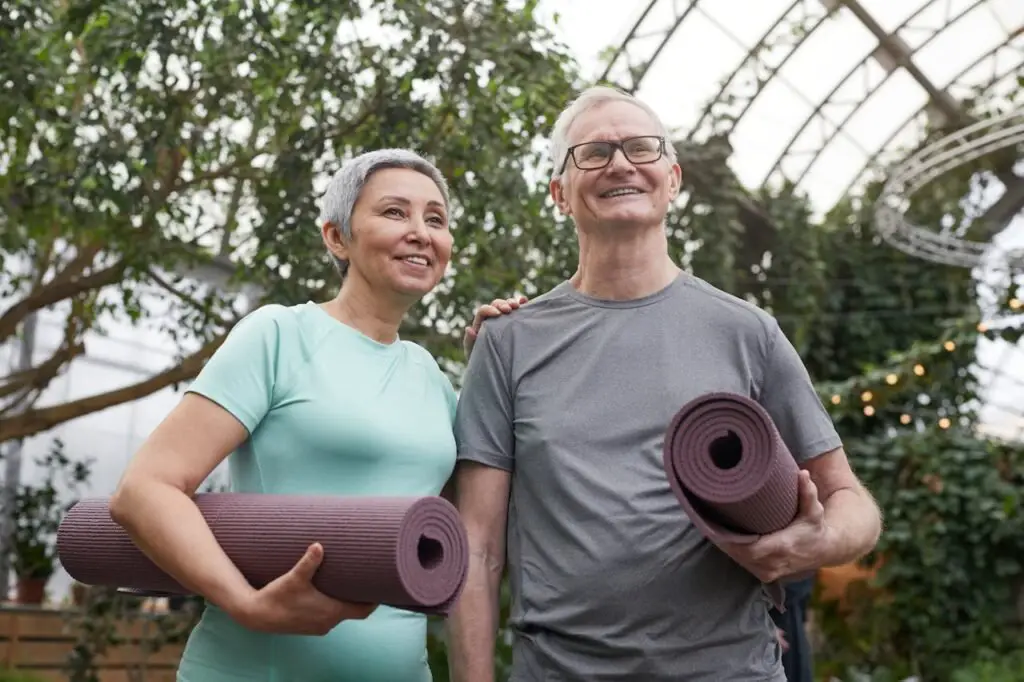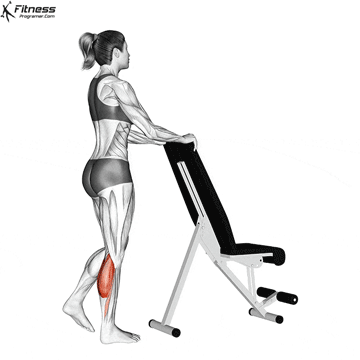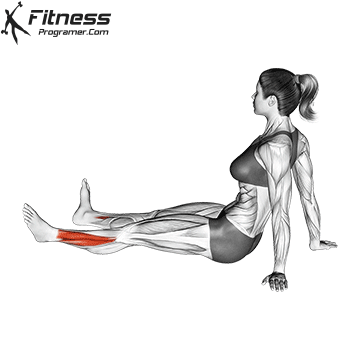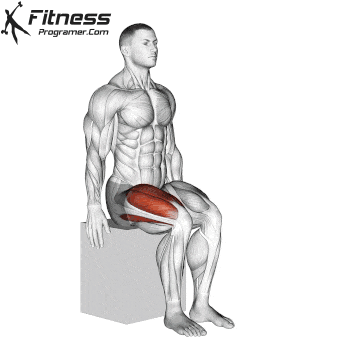Well, it turns out that mobility is very important in older people.
In life it comes first to stay healthy, regardless of age; That is obvious. There is a saying: “Healthy people have a lot of problems, but a sick person only has one.” – (get well again).
When it comes to older people, mobility is extremely important because it improves its quality of life, supports everyday movement and prevents falls. Imagine a random old person – you move slower, right? This is because your mobility is impaired and is moving. With increasing age, their muscle mass decreases and the joints are of course less flexible.
In the case of proper mobility exercises, however, many such problems can be prevented, healed or at least a little loosened.
In this article we will see how certain exercises help and make everyday activities easier. Light activity can also make a small difference.
When moving
Older adults are often faced with mobility problems, and even everyday activities require more caution. Reduced mobility can restrict your enjoyment of activities that you once enjoyed, social assemblies, hobbies and many others and increase the risk of social isolation. If people are isolating from others, it can be emotionally hard and it can affect mental health. People can start developing feelings of loneliness, frustration or even depression. And that only makes it more difficult to be motivated.
Emotional condition can affect a lot, so it is important to communicate with elders. Participation in every type of group activities that promote social interaction and physical activity can lead to better mental health and the improvement of mobility. Examples of some very useful exercises are water aerobics, senior hiking groups, yoga courses and similar exercises.
6 simple exercises for seniors
Regular exercise can reduce the risk of injuries and falls, which makes daily activities safer. With a little motivation, these safe and simple exercises are to improve balance and flexibility. It is important to pay attention to your own body and to move at your own pace.
Additional tip: If motivation is a problem, it can make a massive difference to have someone at your side. A friend, a family member or even as part of a group can get you on the right track.
The following six exercises are easy (and feasible) for most seniors.
- Heels -Raisers – Stand behind a stable chair and consider it support. Lift off the heels from the floor and bring them back down. This improves the balance and strengthens the calf muscles.
- Ankle circles – Sit comfortably and lift a foot from the floor. The slow turning of the ankle in circles improves circulation and flexibility. Repeat in both directions.
- March – Standing or sitting with support and raising every knee in a marching movement one after the other. This can improve leg strength and hip mobility.
- Tunions (while sitting) – With the chair to support, the upper body is turned to the side while sitting. This exercise is great for the mobility of the spine and nuclear power.
- Shoulder roller – Turn the shoulders back and forth several times. This can help with shoulder mobility and release tensions out of the shoulders.
- Sit on leg extensions – One leg is raised in front of the body while sitting and holding for a short time and then reducing it again. The opposite leg is then used to repeat the movement. With this exercise, thigh muscles can strengthen and support knee mobility.
Stay active to protect independence
Maintaining physical activity promotes independence and general well -being.
These tips can help seniors to stay active:
- Choose a training session that is pleasant – Entertaining activities increase motivation to continue. Group training encourages each other to continue hard and work hard, and sometimes it is more fun in a group.
- Stay hydrated – This may appear silly, but it is extremely important. Enough water promotes functioning muscles and the right body function. The moisture of the moisture reduces the tiredness during training.
- Include stretching – stretching regularly increases flexibility and reduces stiffness.
- attitude – Concentrate on attitude. The correct attitude during training lowers muscle pollution and improves the balance.
Mobility problems
Many seniors move in care centers when their mobility is seriously restricted. In this type of facility you will receive crucial support for everyday life. In such institutions, residents receive medical care and physiotherapy.
With this type of support, maintaining physical activity is important, and this can be adapted and adapted to individual skills and needs.
When mobility problems are ignored in seniors, they lead to a high risk of health problems. Relatives, family, friends and supervisors as well as physical trainers are there to recognize the problems in early stages and to work for the proper care of seniors. The needs of the seniors should do justice and an open conversation with medical experts/providers can help.
Consider the fact that there are numerous nursing homes in the United States, the larger the city, the wider the selection. And while some excellent mobility programs have, some below average, if at all.
According to NCBI, the US office of the General Inspector (Department of Health and Human Services) and Pubmed, NYC nursing homes would receive a score of 4/5, which is not bad. LA would do even better with a score of 4.5/5. But if you take a few other major cities in the United States, the score would decrease pretty quickly. Both Miami and Dallas would only achieve 3 out of 5 points, while Chicago, for example, would be even lower at 2.5/5.
Of course, this cannot be said that all nursing homes are missing in Chicago mobility programs or that everyone is bad. We only look at an average. However, this means that the opportunities that the residents of nursing homes in Chicago are neglected in relation to movement, physiotherapy and/or mobility support are much higher than in Los Angeles. So if you have treated yourself (you or a loved one) badly, a Chicago nursing home abuse lawyer for inappropriate reluctance You can do them about them and help them solve these problems.
Regardless of where the abuse takes place, you should always fight against you instead of being resting. And a legal approach is always the best option.
Early signs of mobility problems
Early signs of reduced mobility can be recognized. It is therefore important to speak to the elders and to see how they move, live life and daily activities. Slow moments, problems with climbing stairs, hesitation while walking and difficulties in getting up can be early signs that mobility is reduced.
The monitoring of these changes guarantees your comfort and security. Early recognition of these signs can help seniors to maintain independence, stability and self -confidence. In addition, you can also enjoy a better quality of life with exercises and support. The monitoring of your fitness level also helps to adapt the necessary level of care and activity.
Diploma
Early recognition of mobility problems, regular and safe movement and proper support can improve the life and mobility of the elderly. In this way, older people can remain active regardless of their age, connect to people they love and enjoy activities. It is important that you feel safe and confident within yourself.
Just think about how miserable you were when you last had a physical injury and pain every time you moved. Imagine now that you would have to endure this for the rest of your life. Not a funny thought. With mobility, however, this pain can at least be loosened if not completely removed from the equation.
And sure, these older people will probably not break records or join the next Olympic Games, but they won’t be unhappy. You will still be able to enjoy your life in which you are healthy and have numerous other things to do, not only consumed by you – chronic pain.
Mobility and activity maintain so that seniors live independently and have a good quality of life.








